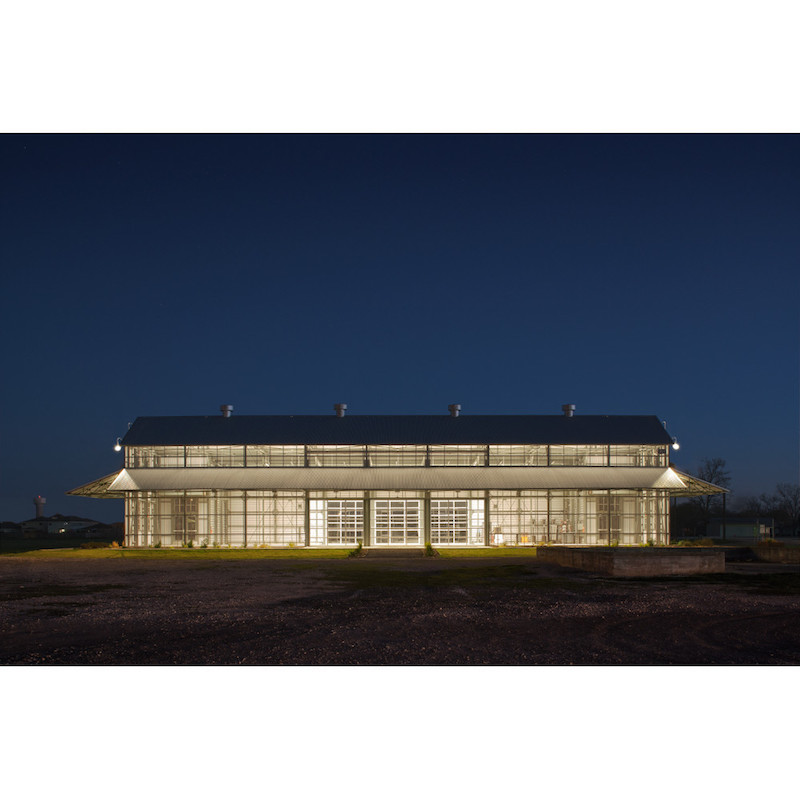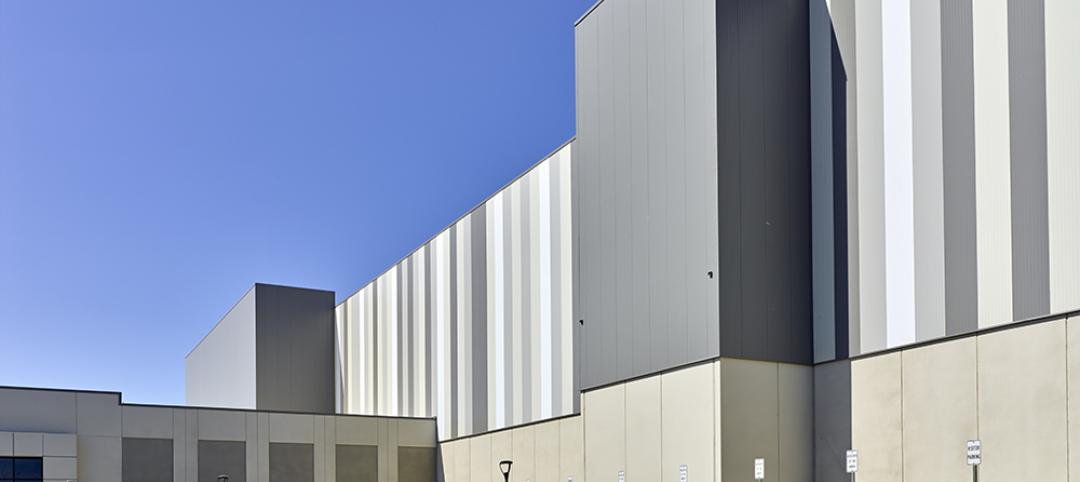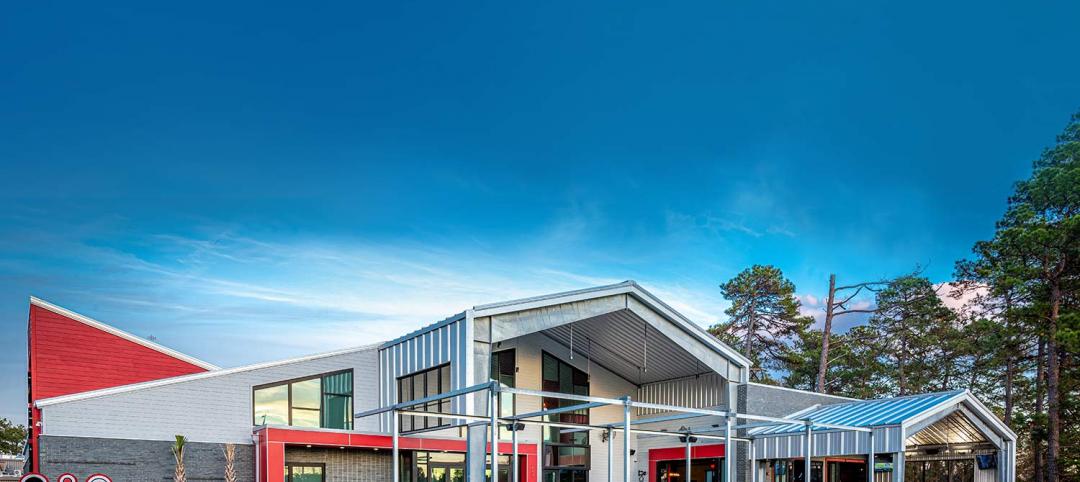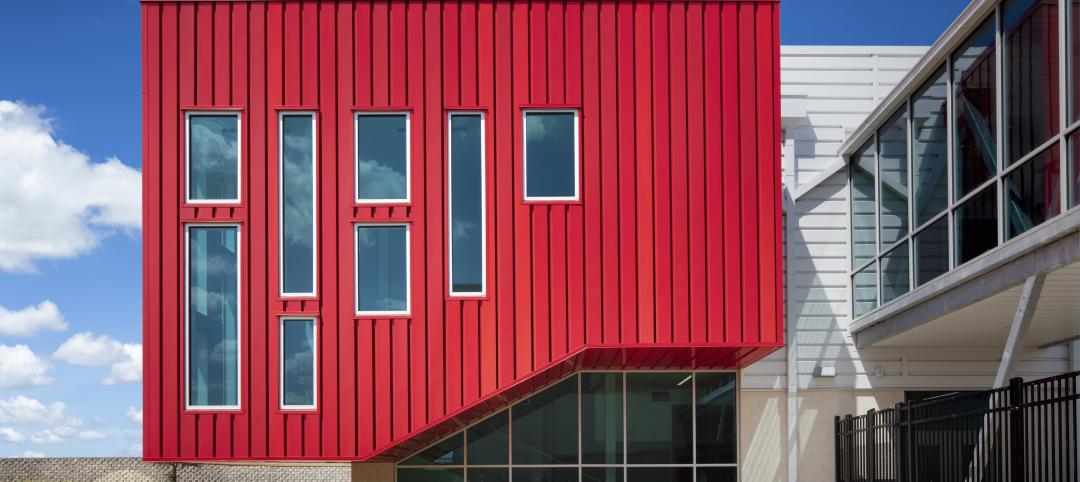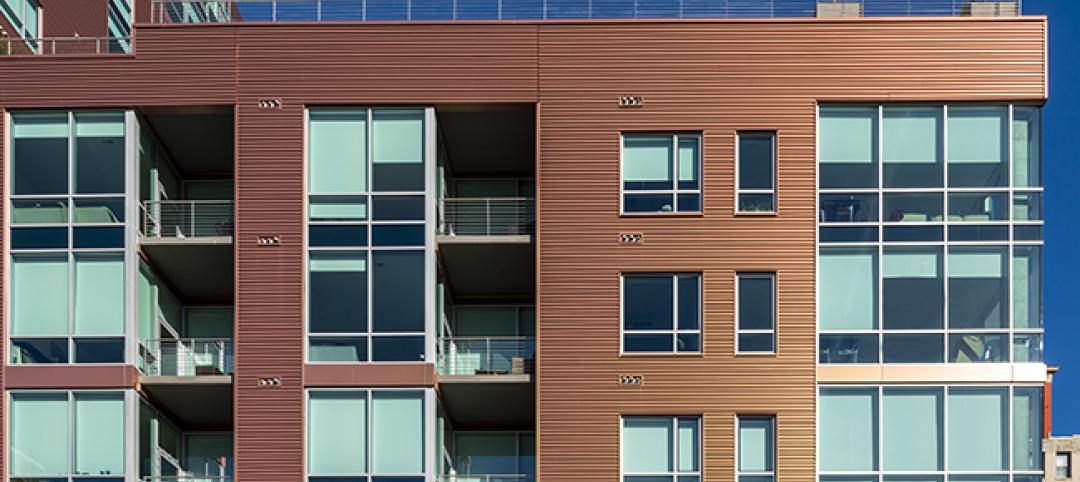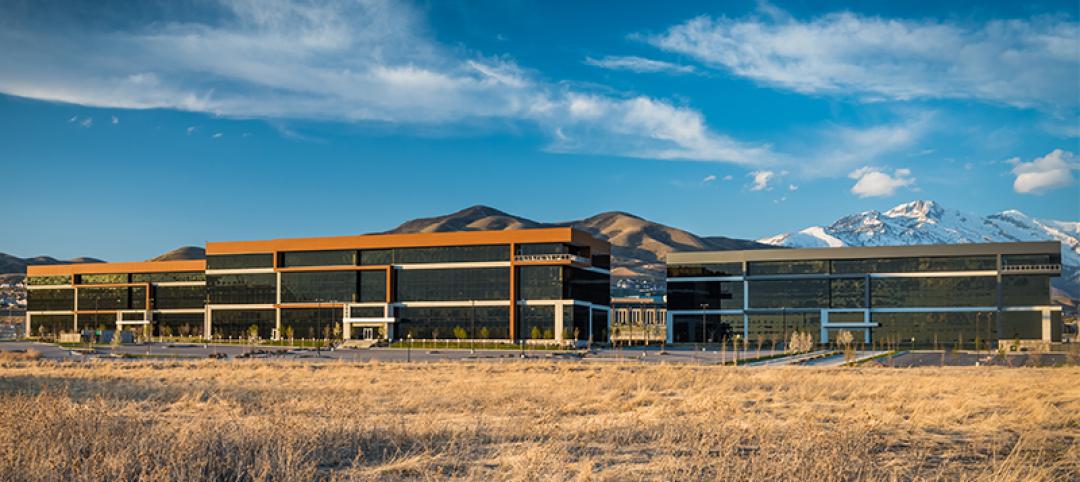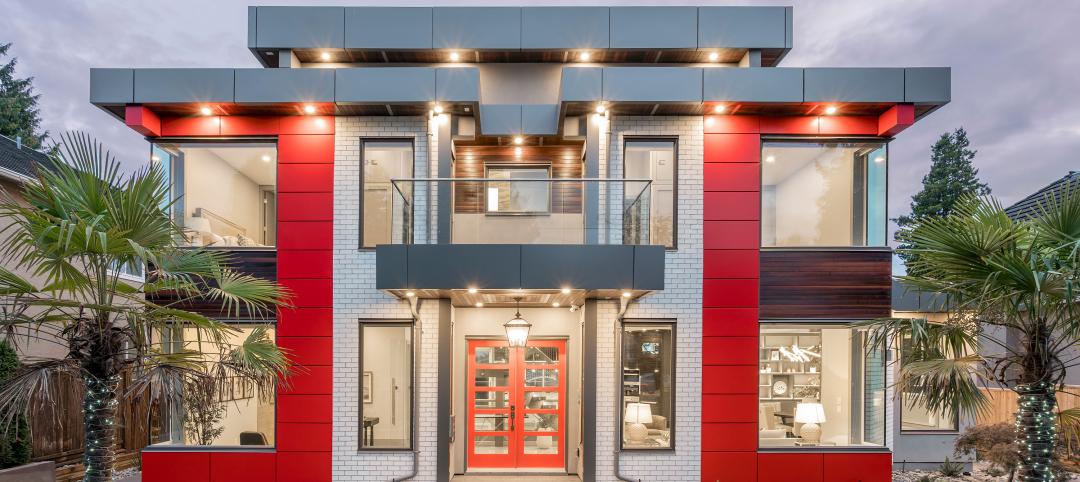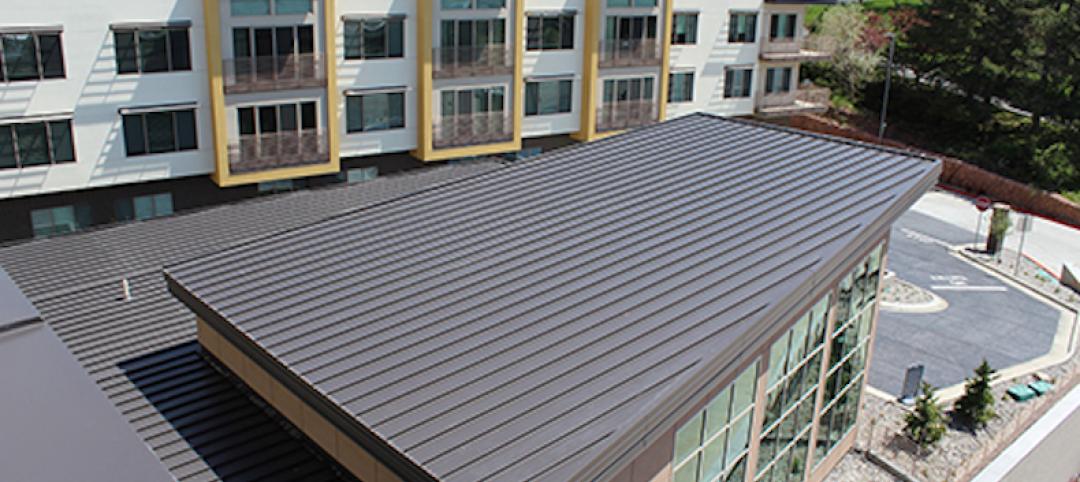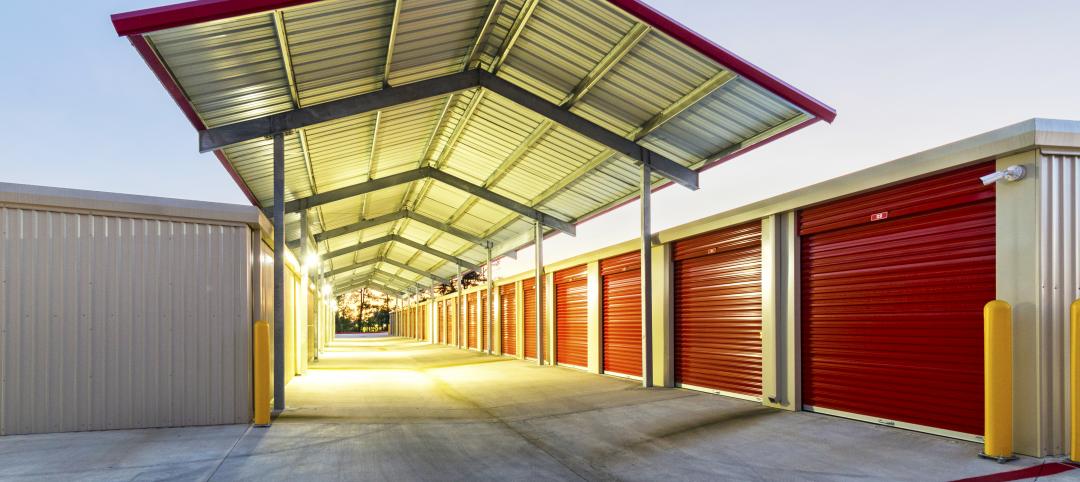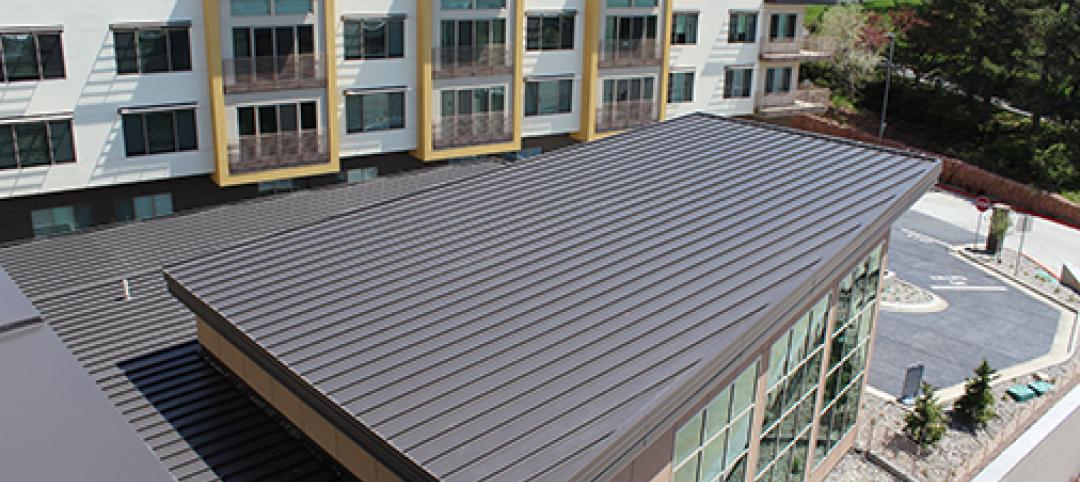Residing on Farley Street in downtown Hutto, Texas, the Hutto Cotton and Grain Co-Op served its namesake community for close to a century. Then, at the turn of the 21st century, Hutto’s population exploded, urging major urban expansion. When the expansion encroached on neighboring farmland, the collection of cotton gins was abandoned for nearly a decade.
In 2012, Hutto city officials asked Austin-based Antenora Architects, LLP to give the facility new life by transforming it into a public event space. The city specified the modern era’s leading sustainability features, but also requested a façade that harkened back to its agricultural roots. The 2008 economic recession severely minimized the project’s scope, but the efficient use of recycled materials and an absence of complex mechanical systems allowed the firm to complete the project with a relatively meager budget of $1 million.
“Their new plan was to use the gins in their current location, with the idea of a pavilion or event hall,” says Michael Antenora, principal of Antenora Architects. “Our design concept tried to preserve the original character of the buildings and make them as eye-catching as possible to be the centerpiece of a new civic block.”
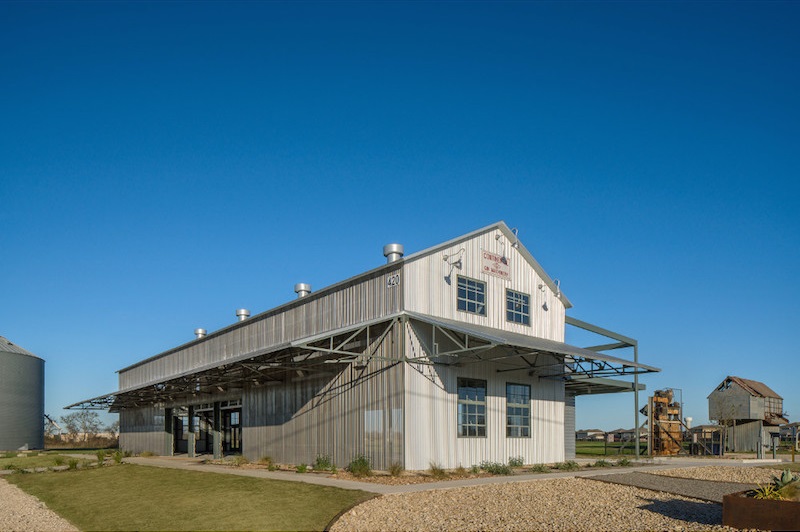 During the day, the Cotton Gin at the Co-Op District’s interior remains cool in spite of the harsh Texas sun
During the day, the Cotton Gin at the Co-Op District’s interior remains cool in spite of the harsh Texas sun
The final product needed to be visually impressive and functional in Texas’s climate. Just as one would apply sunscreen to shield the skin from the scorching sun, Texas buildings must be built with a façade that can withstand the heat.
With this in mind, Antenora Architects specified CENTRIA EcoScreen® perforated screenwalls with a stainless steel finish. EcoScreen panels offer a 10–40 percent open area to control light and air movement while elegantly blending industrial and other applications with their surroundings. Designers relied on interior fans and four rooftop turbines to facilitate air movement throughout the facility.
“Despite the hot Texas sun, it’s actually quite cool inside,” Antenora says.
The stainless steel’s durability and corrosion resistance was an important factor in maintaining functionality and preserving long-term investment.
The team from Antenora Architects was attracted to the dual nature of the stainless steel perforated EcoScreen panels, which serve as both a transparent and reflective surface. The building’s luminous aesthetic is created through a combination of natural and artificial lighting. The complex design creates the appearance of a solid, corrugated wall during daylight hours. In the evening, the light filters through the perforated panels to reveal the interior against a solid backdrop.
Meeting its design, performance and budgetary requirements earned The Gin at the Co-Op District design and construction awards from AIA Austin, the Texas Society of Architects the Association of Builders and Contractors. In addition, the sustainability features of the metal earned the building LEED Silver certification.
Related Stories
Sponsored | Metals | Jul 14, 2020
Innovative metal design choices provide a fresh, modern look for 810 Billiards & Bowling
Sponsored | Metals | Jun 24, 2020
PAC-CLAD Metal Wall Panel System Creates Vibrant Dimension Under Budget
PAC-CLAD Precision Series Highline metal cladding systems come in 7 architectural wall panel profiles that can be intermixed to add visual intensity to any building exterior.
Sponsored | Metals | Jun 3, 2020
How ALPOLIC Metal Composite Materials Enabled This Utah Design to ‘Come Alive’
Premium ALPOLIC MCM made Utah design come alive while staying within budget and without sacrificing design intent in a harsh climate where traditional materials were impractical.
Sponsored | Voice of the Brand | May 7, 2020
How One Fabricator Uses ALPOLIC MCM as His Calling Card in the Residential Market
ALPOLIC metal composite materials have been used in the architectural and commercial building worlds for years. But recently, architects are starting to specify it for residential and other non-traditional applications. With exceptional warranties and a variety of finishes, it is a perfect fit for homeowners wanting something different.
Sponsored | Metals | Sep 6, 2019
Are Metal Panels An Ideal Low-Slope Roofing Material?
When considering which type of roofing material to use for a building project, there are a number of significant differences that illustrate why metal roofing is often preferred.


